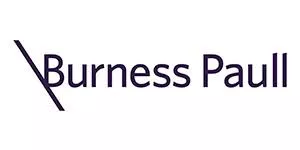On 11 May 2011 in the case of Co-operative Insurance Society Limited –v- Fife Council Lord Glennie provided a modern statement of the law relating to extraordinary repairs in respect of leased premises, setting out in effect a 3-prong test.
Co-op own Unicorn House, The Kingdom Centre, Glenrothes and leased the property to Fife Council. Following lease termination, the pursuers complained that the defenders were in breach of their repairing and maintenance obligations under the lease. The defenders disputed liability for the dilapidations and argued, among other things, that they were not liable for "extraordinary repairs". The case was before Lord Glennie for a hearing on whether Fife Council are liable for "extraordinary repairs".
At common law a tenant is not liable to deal with so-called "extraordinary repairs". But what are they?
Lord Glennie considered the earlier case law on the subject and set down three main considerations to be taken into account when determining whether a repair is an "extraordinary repair". The three considerations are:
1. The origin of the damage
This refers to how the damage came about. If it is caused by an unanticipated event out with the control of either party, that would point to the repair being an extraordinary repair. Lord Glennie's view is that the question of decay through lapse of time falls into this category. However, the test is qualified - the landlord may not be held liable to repair or replace part of the subjects which have collapsed, or are on the point of collapse, through "natural wastage" if the subjects were allowed to get into that state through the neglect of the tenant.
2. The extent of the damage
This relates to the seriousness of the damage and the likely cost repairs. For example, if a wall or roof collapses it may point to the repair being an extraordinary repair.
3. The nature of the damage
This head relates to the nature of the damage and the necessary repair and raises the question, "Does it amount to total reconstruction?" Lord Glennie recognised that this head will overlap with the second head.
The decision provides a helpful commentary on the case-law of extraordinary repairs and a modern statement of the position.
Landlords and tenants are well advised to take advice on the wording of their leases, as this could save tenants (and cost landlords) a great deal of money.
The content of this article is intended to provide a general guide to the subject matter. Specialist advice should be sought about your specific circumstances.


